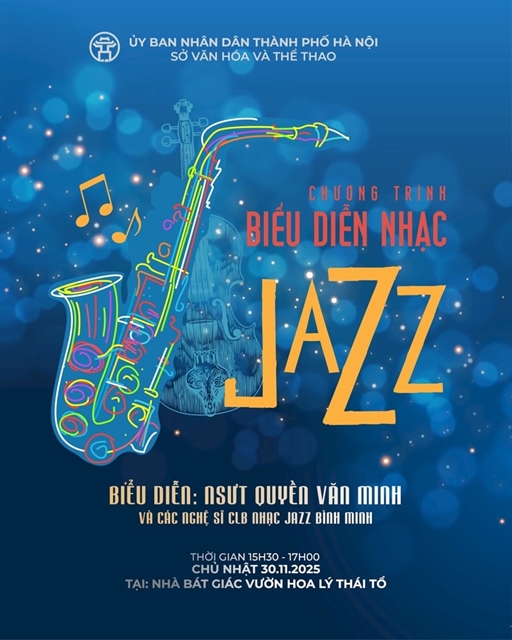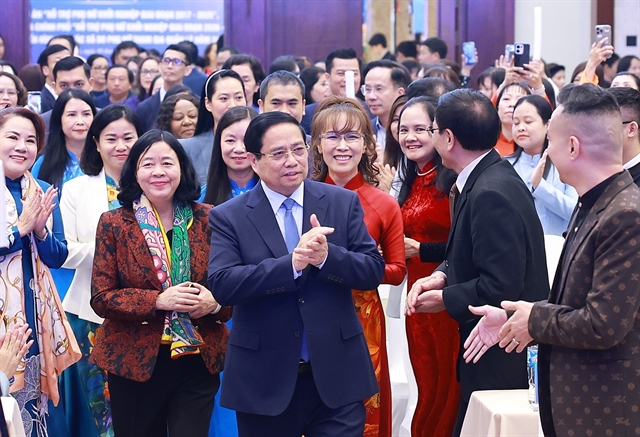 Society
Society
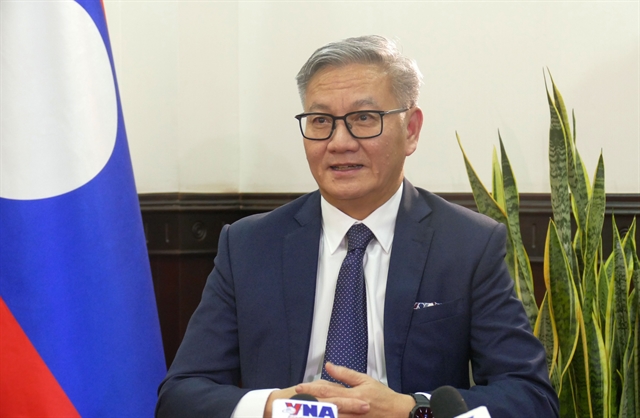
 |
| At her teenage, Elisabeth Dahlin and her sister collected signatures for a ceasefire of the bombings in Hà Nội in 1972. Photos courtesy of Elisabeth Dahlin |
By Khánh Dương
In 1972, at the age of 15, Elisabeth Dahlin had never set foot in Việt Nam, but she was well aware of the war raging in the Southeast Asian country.
Through extensive media coverage, the Swedish teenager learned of a Christmas bombing campaign being conducted by the US Air Force against the north of Việt Nam.
“There was widespread outrage in Sweden at the time, leading to a massive petition calling for a ceasefire in Hà Nội,” she told Việt Nam News in a recent interview in Hà Nội.
“We had TV, the news, and a lot of newspaper coverage about the bombings on Khâm Thiên Street and Bạch Mai Hospital. The media played an immense role in helping people understand what was happening in Việt Nam,” she said.
Dahlin, along with her sister, parents and others, went door to door in northern Sweden that December to collect signatures in the snow.
“My sister and I walked from house to house. It was happening all over Sweden,” she recalled. “The churches were full of people signing. Out of a population of around 8 million at the time, about 2.7 million people signed. For the first time, all parties in the Parliament supported it — which was unprecedented and showed the urgent call for peace.”
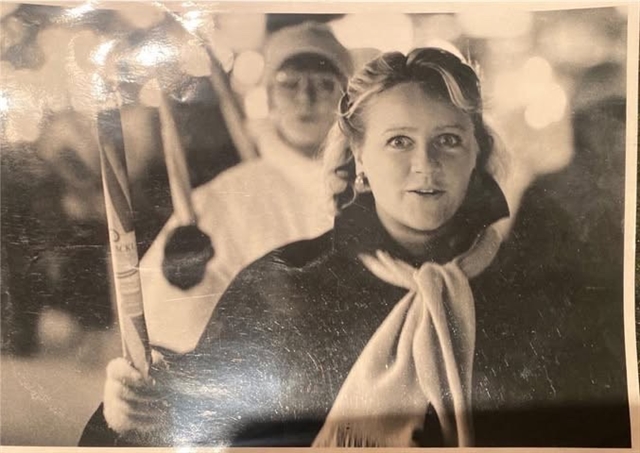 |
| What motivated Elisabeth Dahlin to take action was a question of what is right and what is wrong. |
She said her motivation came down to a simple question of right and wrong.
“You have to do whatever you can to stop it,” she said.
“My parents were very active in the solidarity movement during the war, and I was part of it too. We had heard of Việt Nam, we knew about it — but I never thought I’d actually go there.”
Sweden had been at peace since 1812, she said, but the scars of war — from the two World Wars — were still present in Europe. “It awakened something in people from all walks of life — about dignity and doing the right thing.”
It wasn’t until 1979 that she finally visited Việt Nam, joining a youth delegation invited by the Hồ Chí Minh Communist Youth Union.
That first visit sparked a lasting connection. She began learning Vietnamese in 1980 and took on various roles in the country in the following years.
From 1980 to 1982, Dahlin studied Vietnamese and aid-related subjects in a unique programme run by Sweden’s Ministry of Foreign Affairs and the Swedish International Development Cooperation Agency, in collaboration with universities in Stockholm and Hà Nội.
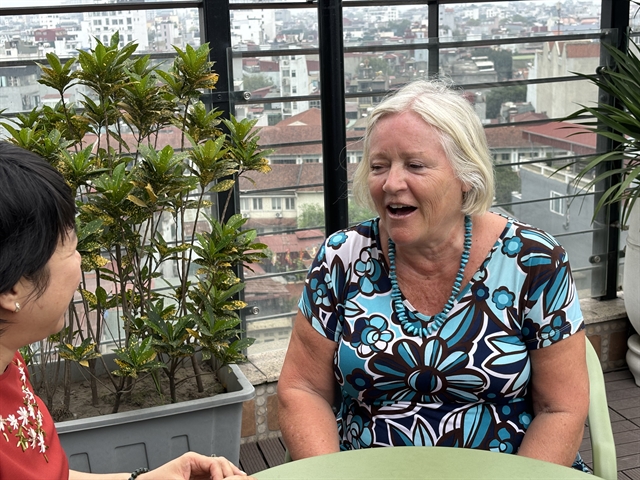 |
| Elisabeth Dahlin, now in her 60s, speaks to Vietnamese media on the occasion of her visit to Việt Nam in April 2025. |
She later graduated from the Hà Nội University of Science and Technology and became a Vietnamese interpreter, also fluent in Spanish, English, French and Portuguese.
From 1981 to 1982, she worked in the aid sector in Uông Bí, Quảng Ninh Province, then at the Swedish Embassy in Hà Nội from 1982 to 1984 and again from 1997 to 2001.
She considers Việt Nam as her second home, thanks to long-standing friendships and the deep pride Vietnamese people have in their culture and history.
A second home
Returning to Việt Nam this April, Dahlin reunited with old friends and reflected on the country’s remarkable transformation.
“Back in 1979, when we landed at Gia Lâm Airport, you could still see the bomb craters. It was beautiful — the green fields and peacefulness — but the signs of war were everywhere,” she said.
“It was very poor. There were a lot of mud huts. The infrastructure had been devastated, with limited bridges and reliance on ferries. But the people were incredibly proud. It was a fantastic country to visit.”
She noted the immense changes since then.
“When we came back in 1997, we saw how much had changed — concrete houses replaced the mud huts, bicycles gave way to motorbikes.”
She praised the Vietnamese people’s resilience and thrift, which she believes have played a big role in the country’s rapid development.
From improved infrastructure to widespread access to water, electricity and mobile phones, Dahlin said she was deeply impressed. She said that from 1994 to 1997, Việt Nam underwent major shifts — from joining the World Trade Organization to entering ASEAN and normalising diplomatic relations with the United States.
She also observed the increasing use of English and noted how rural areas had seen particular improvements in quality of life.
“Việt Nam has leapfrogged development stages in ways that are truly remarkable,” she said.
“Việt Nam is like my second home. It’s really home to the whole family,” she added, revealing that her husband also speaks Vietnamese.
“When you speak Vietnamese, the response you get is wonderful. Even when I go to the market, it feels like home.”
She loves Vietnamese cuisine for its use of herbs and the artistic presentation of dishes. Fluent in Vietnamese, she can sing folk songs such as Trống Cơm (Cylindrical Drum) and has a special affection for quan họ (love duets).
“It’s what people sing in the countryside. I think it’s fantastic — it’s about everyday life, how you grow your rice, how you meet your love.”
Dahlin said she still finds it hard to believe Việt Nam’s victory in the resistance war against the US.
She expressed her joy at being in the country during the 50th anniversary of the Liberation of the South and National Reunification.
“It’s fantastic to see the preparations,” she said. “More than half the population wasn’t born 50 years ago. It’s important for the younger generation to understand what the country has gone through — and how far it’s come.” VNS


